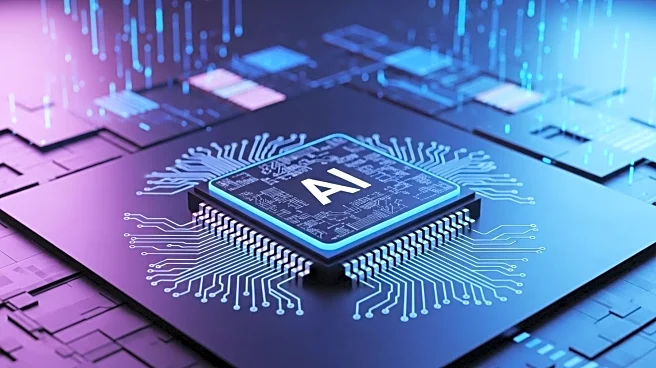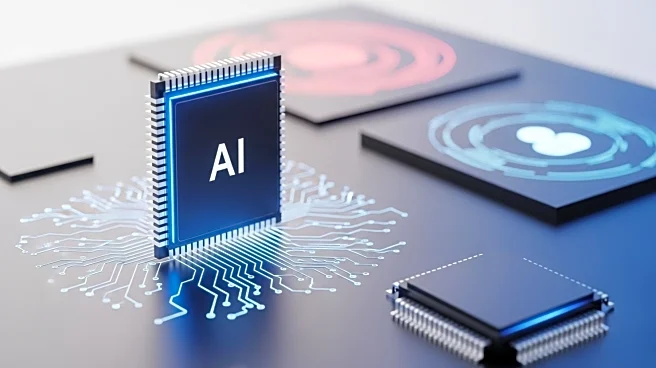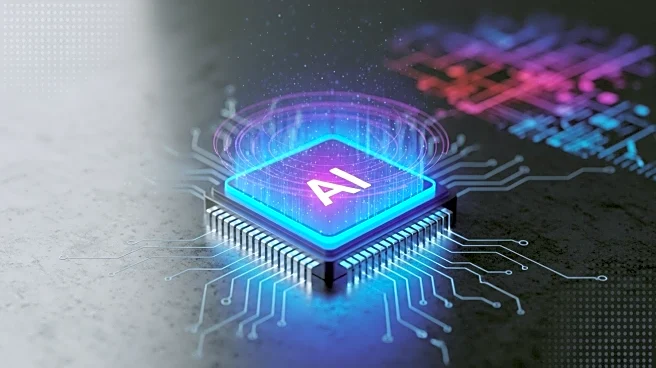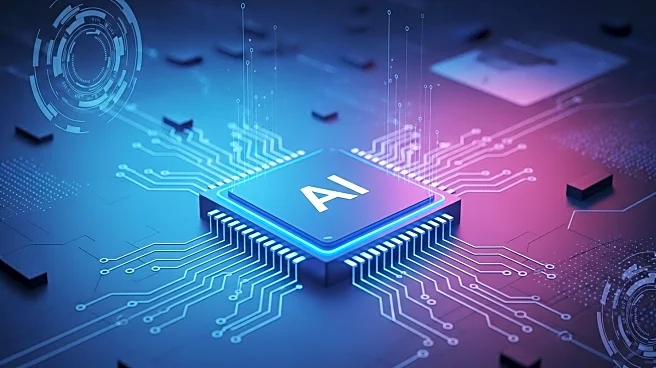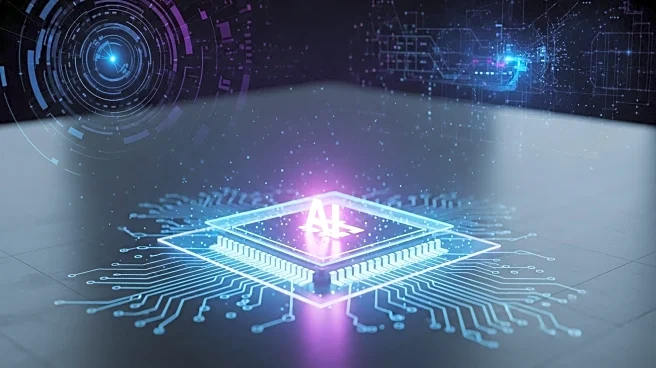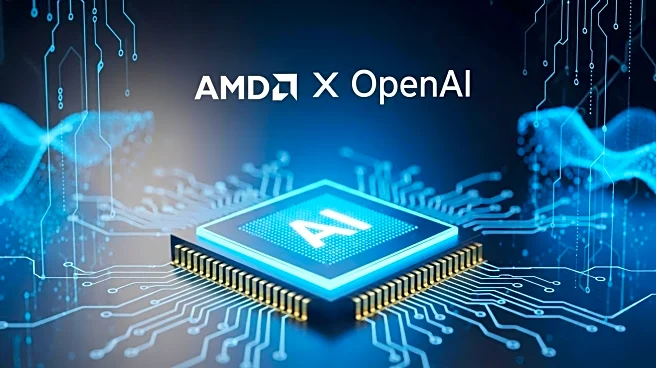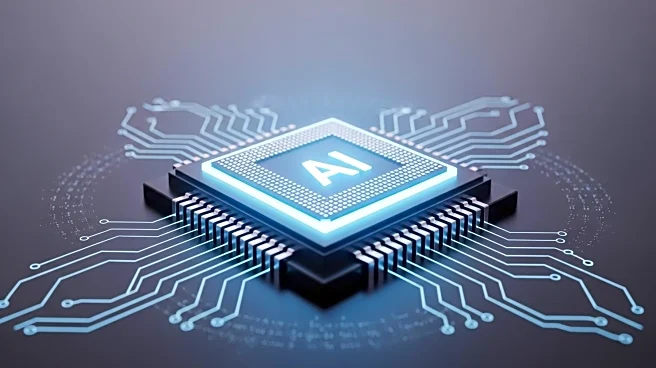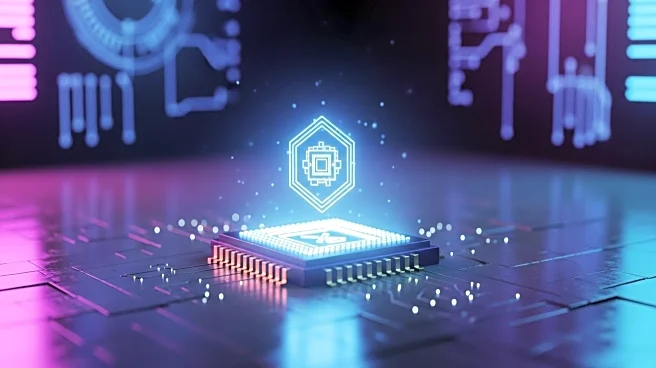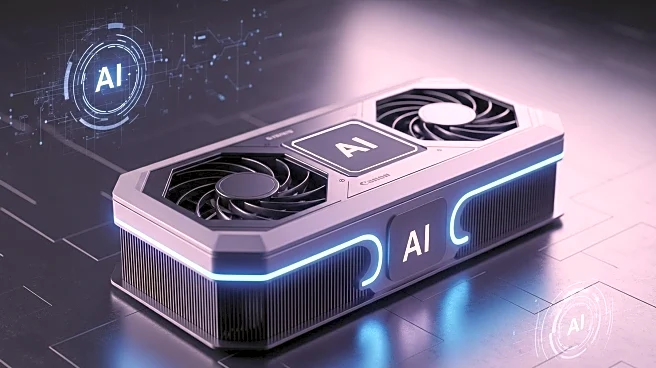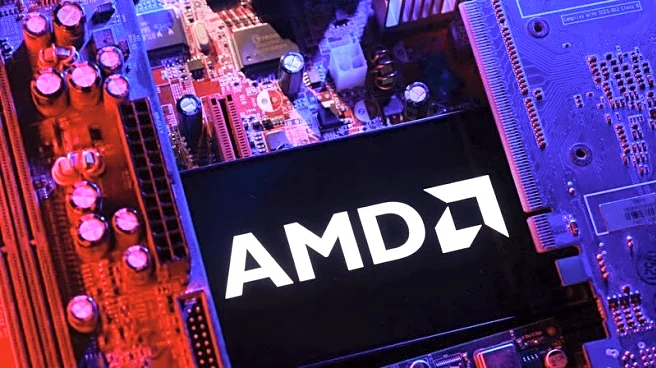What's Happening?
Advanced Micro Devices (AMD) has entered into a significant agreement with OpenAI, which could result in OpenAI acquiring a 10% stake in the chipmaker. The deal involves OpenAI deploying 6 gigawatts of AMD's Instinct graphics processing units over several years, starting with an initial 1-gigawatt rollout in the second half of 2026. This partnership has led to AMD's stock surging by 23.71% on Monday. OpenAI President Greg Brockman emphasized the importance of this deal for scaling their operations and addressing compute power shortages that have hindered the launch of new features in products like ChatGPT. As part of the agreement, AMD has issued OpenAI a warrant for up to 160 million shares of AMD common stock, with vesting milestones tied to deployment volume and AMD's share price.
Why It's Important?
The deal between AMD and OpenAI is a significant development in the tech industry, particularly in the field of artificial intelligence. It highlights the growing demand for advanced computing power to support AI applications, which is crucial for companies like OpenAI to expand their capabilities and offerings. The partnership also underscores the strategic importance of collaboration between hardware manufacturers and AI developers to drive innovation and meet the increasing computational needs. For AMD, this agreement not only boosts its stock value but also positions it as a key player in the AI hardware market, potentially leading to increased revenue and market share.
What's Next?
The initial rollout of AMD's Instinct graphics processing units is set to begin in the second half of 2026, marking the first phase of the deployment. As OpenAI scales its operations to utilize the full 6 gigawatts of computing power, additional tranches of AMD shares will vest, contingent on meeting technical and commercial milestones. This could lead to OpenAI acquiring approximately 10% ownership in AMD, depending on the number of shares outstanding. The success of this partnership may prompt other tech companies to pursue similar collaborations, further driving advancements in AI technology and hardware.

